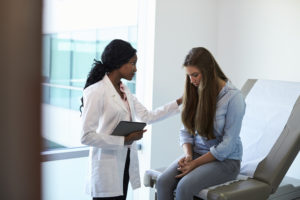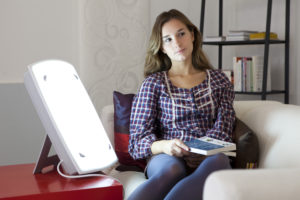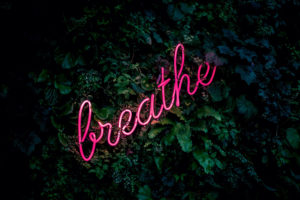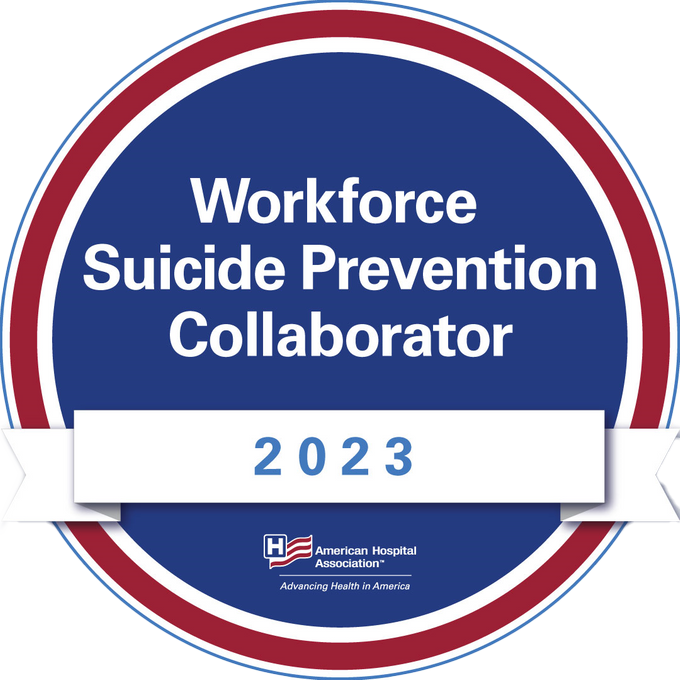Today seems like it’s just begun and already the sun is getting ready to set!
The end of Daylight Savings Time brings about reduced light and shorter fall and winter days – and this change may increase Seasonal Affective Disorder (SAD), a type of depression triggered by the changing of the seasons and waning daylight.
Exactly what causes the disorder and how isn’t fully understood yet, but here’s what we do know. Seasonal Affective Disorder has something to do with:
- Serotonin is the neurotransmitter that helps regulate our moods. It’s believed that reduced amounts of sunlight may affect the levels of serotonin in a person’s body. And because lower levels of serotonin have been linked to an increased risk for depression, the thinking goes that less sunlight equals less serotonin equals an increased risk for SAD.
- Circadian Rhythm is what we refer to as your “biological clock.” As the seasons change and with it the amount of sunlight you receive, your circadian rhythm can get disrupted, which can lead to symptoms of depression.
- Melatonin is a hormone that helps to regulate sleep and has also been linked to SAD. The body produces increased levels of melatonin at night, and when the nights start growing long, the extra hours without daylight can disrupt the body’s level of melatonin, and this may also have a mood-altering effect.
And next month on December 21, we’ll experience the shortest day of the year, the winter solstice. In the Northern Hemisphere, the winter solstice falls every December 21st (the Southern Hemisphere has its winter solstice six months later, on the 21st of June). And while winter may come with its bright holiday spots, figuratively speaking, these are also the darkest days of the year– in the literal sense. The sun rises at its latest, and sets at its earliest.
Symptoms
The symptoms of Seasonal Affective Disorder look much like the same as symptoms of depression, with one key difference: the symptoms begin and end at around the same time each year. There are also a few common symptoms of depression that appear more frequently with SAD, like overeating, lethargy, and often, as a result of those two symptoms, weight gain. Other common symptoms of SAD include:
- Feelings of depression, which may include, hopelessness, poor self-esteem, guilt, apathy, and despair.
- More intense mood changes
- Trouble sleeping or oversleeping
- Irritability and the urge to isolate oneself
- Loss of libido
- Heightened and persistent anxiety
Coping with SAD
Below you’ll find some strategies for both treating and coping with SAD, all of which can be pursued together for the best results.
See your doctor
Light Therapy
Eat Well
Maximize your time in the sun
Keep to a regular sleep schedule
Exercise
Keep busy
One way to keep yourself away from the urge to hibernate is to keep your schedule full. This may mean throwing yourself into your work or your studies, or it might mean taking up a new hobby or project.
Socialize
Practice mindfulness 
Medication
If your symptoms are relatively severe and don’t seem to be improving, treatment with antidepressants may benefit you. Talk with your doctor to learn more about pharmaceutical treatment options.
The 988 Suicide and Crisis Lifeline provides free and confidential emotional support to people in suicidal crisis or emotional distress 24 hours a day, 7 days a week, across the United States. Call or text 988, to be connected to the Suicide and Crisis Lifeline or connect via chat at 988lifeline.org
The information on this website is not intended to be medical advice. Medical advice can only be provided by your personal health care provider.








